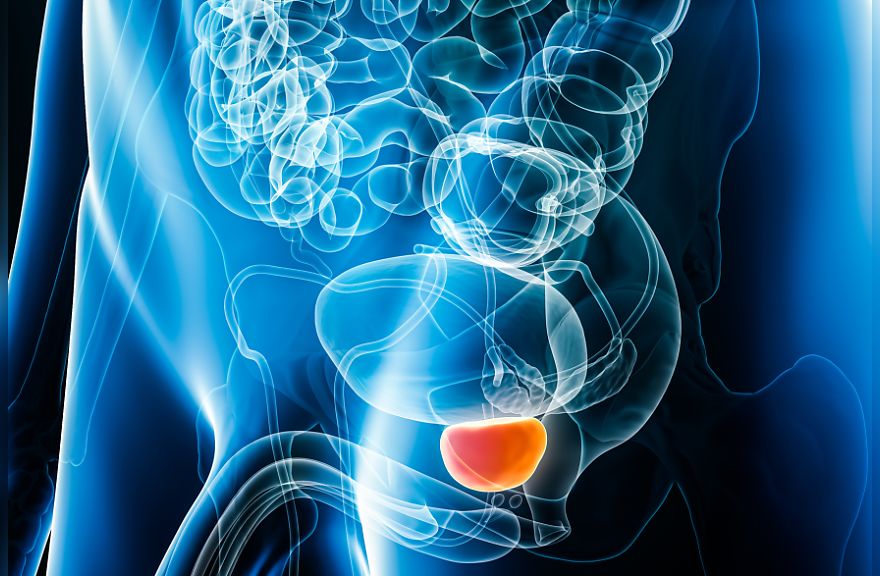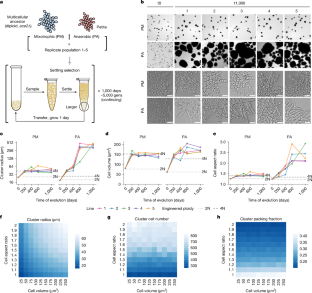2025-03-26 カリフォルニア大学ロサンゼルス校 (UCLA)
<関連情報>
- https://newsroom.ucla.edu/releases/sensor-technology-uses-natures-blueprint-and-machinery-to-monitor-metabolism-in-body
- https://www.pnas.org/doi/10.1073/pnas.2425526122
タンデム代謝反応に基づくセンサーが生体内メタボロミクスを解き放つ Tandem metabolic reaction–based sensors unlock in vivo metabolomics
Xuanbing Cheng https://orcid.org/0000-0001-7682-0759, Zongqi Li, Jialun Zhu, +25 , and Sam Emaminejad
Proceedings of the National Academy of Sciences Published:February 27, 2025
DOI:https://doi.org/10.1073/pnas.2425526122

Significance
This work presents a sensor design that harnesses naturally proven metabolic pathways and evolutionarily robust molecular toolkits (enzymes and cofactors) for reliable, real-time, and continuous in vivo monitoring of a vast majority of metabolites. The architecture is based on a multifunctional single-wall-carbon-nanotube electrode that supports tandem metabolic reactions linkable to oxidoreductase-based electrochemical analysis. It robustly integrates cofactors and enzymes for metabolite intermediation, detection, and interference inactivation, while self-mediating these reactions at the limit of enzyme activity. These tandem metabolic reaction–based sensors can catalyze the advancement of metabolomics from in vitro to in vivo settings, addressing missing context, real-time interaction, and high-resolution temporal dimensions in metabolomics-driven research and medical applications, such as microbiome studies and metabolic disorders.
Abstract
Mimicking metabolic pathways on electrodes enables in vivo metabolite monitoring for decoding metabolism. Conventional in vivo sensors cannot accommodate underlying complex reactions involving multiple enzymes and cofactors, addressing only a fraction of enzymatic reactions for few metabolites. We devised a single-wall-carbon-nanotube-electrode architecture supporting tandem metabolic pathway–like reactions linkable to oxidoreductase-based electrochemical analysis, making a vast majority of metabolites detectable in vivo. This architecture robustly integrates cofactors, self-mediates reactions at maximum enzyme capacity, and facilitates metabolite intermediation/detection and interference inactivation through multifunctional enzymatic use. Accordingly, we developed sensors targeting 12 metabolites, with 100-fold-enhanced signal-to-noise ratio and days-long stability. Leveraging these sensors, we monitored trace endogenous metabolites in sweat/saliva for noninvasive health monitoring, and a bacterial metabolite in the brain, marking a key milestone for unraveling gut microbiota–brain axis dynamics.


